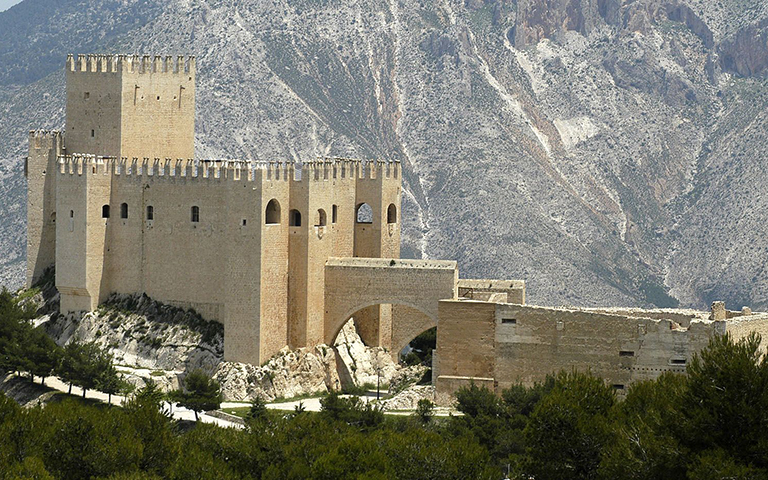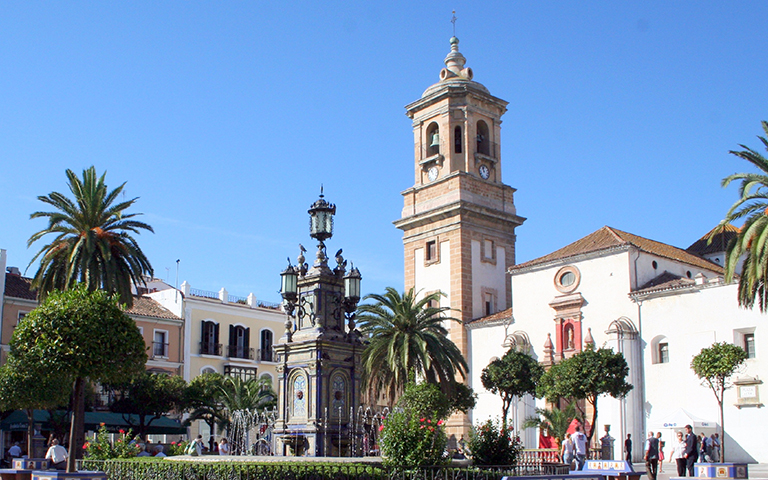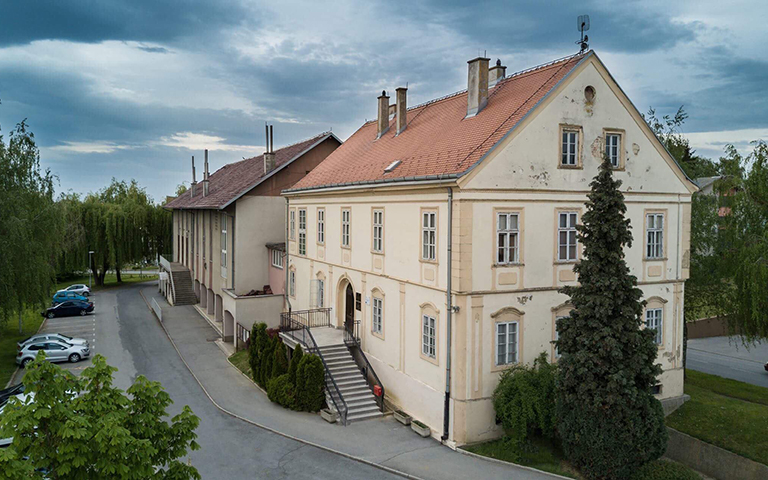Monastery of Victory

Pedro Gurriarán Daza, Salvador García Villalobos, Ángel J. Sáez Rodríguez
The Monastery of Saint Mary of Victory in El Puerto was erected in the 16th century giving rise to a work of unquestionable architectural value, in which the harmonious symbiosis between the Gothic forms and the new Renaissance style stands out. These walls will bear witness to a random and eventful life, not always respectful of the building's own patrimonial importance, and which has left us a great and stately construction, but in need of much attention and care.
This Declaration of Cultural Heritage Asset, responds to an old desire of the erudites and citizens of the Cadiz town of Saint Mary Port. Specifically, it is about considering the building within the category of monument. Thus, Cultural Heritage Assets in the category of Monument, come to be “[…] those immovable assets that constitute architectural or engineering achievements, or colossal works of sculpture, whenever they have historical, artistic, scientific or social interest”. This denomination makes it very clear which is the group of constructions that can be inscribed in this qualification, and does not admit doubt regarding the suitability of including this monastic foundation within this general definition.








There is a general unanimity between the different urban planning documents regarding the special condition of this area of Saint Mary Port:
• The status of a communications node is emphasized, especially railway, and the need to deviate the roadline N-IV from the vicinity of the monastery.
• The idea of unifying the plots of the Victory Park, the Baccalaureate Institute and the monastery itself in the same unit is insisted, which is called SU-CC-3 in The Municipal General Planning Plan 2006, as an area of great importance for resolving the northeast sector outside the historic center of El Puerto.
• The existence of large green areas and the endowment qualification of the monastery plot itself coincides with the prerogatives set in our document, in which priority is given to the preservation of a large area of protection and the cultural use assignment to the monastery ensemble.


